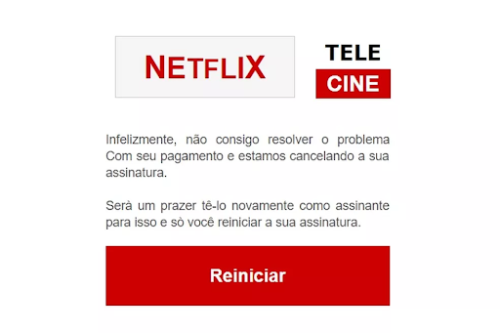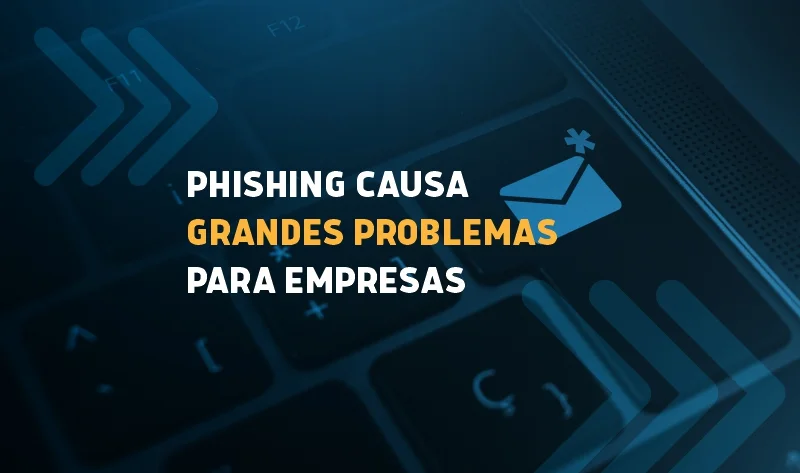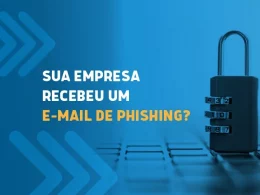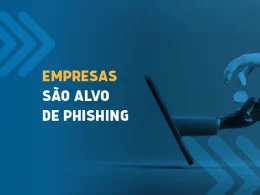Have you ever heard of a Phishing ? Although the internet brings many advantages and facilities to our routine, it is also full of threats to the security of your information . Fake websites, corrupted banners, fake emails, SMSs with malicious links. All of this can be a real trap for the security of your devices and the confidentiality of your data.
One of the tactics used by cybercriminals is the so-called phishing attack. This strategy consists of a technique that plants baits and traps to collect information fraudulently, with the aim of using this data in fraud and financial scams.
How is phishing applied?
There are several ways to apply phishing today. Let's see below the main tactics used by criminals:
- Common fishing;
- Spear phishing;
- Clone phishing;
- Whaling;
- Vishing and Smishing;
- Phishing through social media.
What will differentiate the type of phishing attack will be the channel to be used and the targets to which the approach will be directed. Contrary to popular belief, a phishing attack does not just happen via email: it can arrive via voice calls, SMS services, fake websites, social networks, and many others.
Due to this wide variety, it is essential to be very careful with any content that seems suspicious, in order to avoid data leaks and financial scams.
What is the origin of this type of scam?
Although it appears to be a recent type of trap, phishing has been used since the 90s . Initially, phishing attacks were used to steal and defraud accounts from AOL – America Online, an internet service provider that was a pioneer in this field. The portal remained active in Brazil until mid-2008.
Using methods to discover accounts and credit card numbers , criminals stole passwords and diverted information. As the internet was still a very difficult resource to obtain at the time, a fee had to be paid, and many users were unable to pay for access.
To increase its sales, AOL began offering a 30-day free trial, which ended up attracting bad-faith users, who would like to continue using the service for free. In order for them to continue accessing it for free, cybercriminals began stealing legitimate user accounts to maintain their access .
How can it harm your business?
The phishing attack is a strategy that is still practiced by cybercriminals, as it can still be very efficient. Unlike attacks that involve the installation of malicious software and applications, the phishing attack uses the user's own vulnerability so that it can be successful.
If for an individual the loss of data can represent a great loss, for a company the losses can be alarming and catastrophic . This type of attack can cause many consequences for a business, such as:
- Loss of trustworthiness towards consumers: companies that expose the confidential information of their customers and suppliers, even due to a cyber attack, may lose their trustworthiness in the market.
- Loss of competitiveness: when it comes to competitiveness, the safer the information is, the better positioned the company will be.
- Unavailability of information: some phishing attacks can encourage even more aggressive attacks, as is the case with Ransomware . In this type of strategy, cybercriminals “hijack” data or make systems available, demanding the payment of a “ransom” to return this information.
- Financial loss: depending on the consequences of the attack, it may be necessary to invest in solutions to mitigate the damage caused, pay a ransom to recover information, and even pay compensation for customers injured by the data leak.
What to do in the face of an attack of this type?
The first tip to avoid falling into phishing traps is: if you receive an email, SMS or social media message that seems suspicious, do not open it. To be able to identify traps of this type, it is very important to pay attention to signs that the information is not true.
See below a very common example of phishing “bait”:

Note that an inattentive and lay user quickly glances over and does not realize that this is bait for a phishing attack.
Within the company, if a user receives any type of notification that appears malicious or suspicious, it is extremely important that they contact the responsible IT team . If for any reason an employee accesses a link or enters information on a website that may be fraudulent, it is essential that those responsible are notified so that security measures can be taken as quickly as possible.
To try to keep your employees away from this type of problem, your company can count on an internet access control system , in order to more assertively manage how access is being made within the company. This type of tool helps prevent users from accessing dangerous pages indiscriminately and putting the confidentiality of information at risk.
Do you know how Internet security is in your company? Click here and make a free diagnosis of your business situation!









